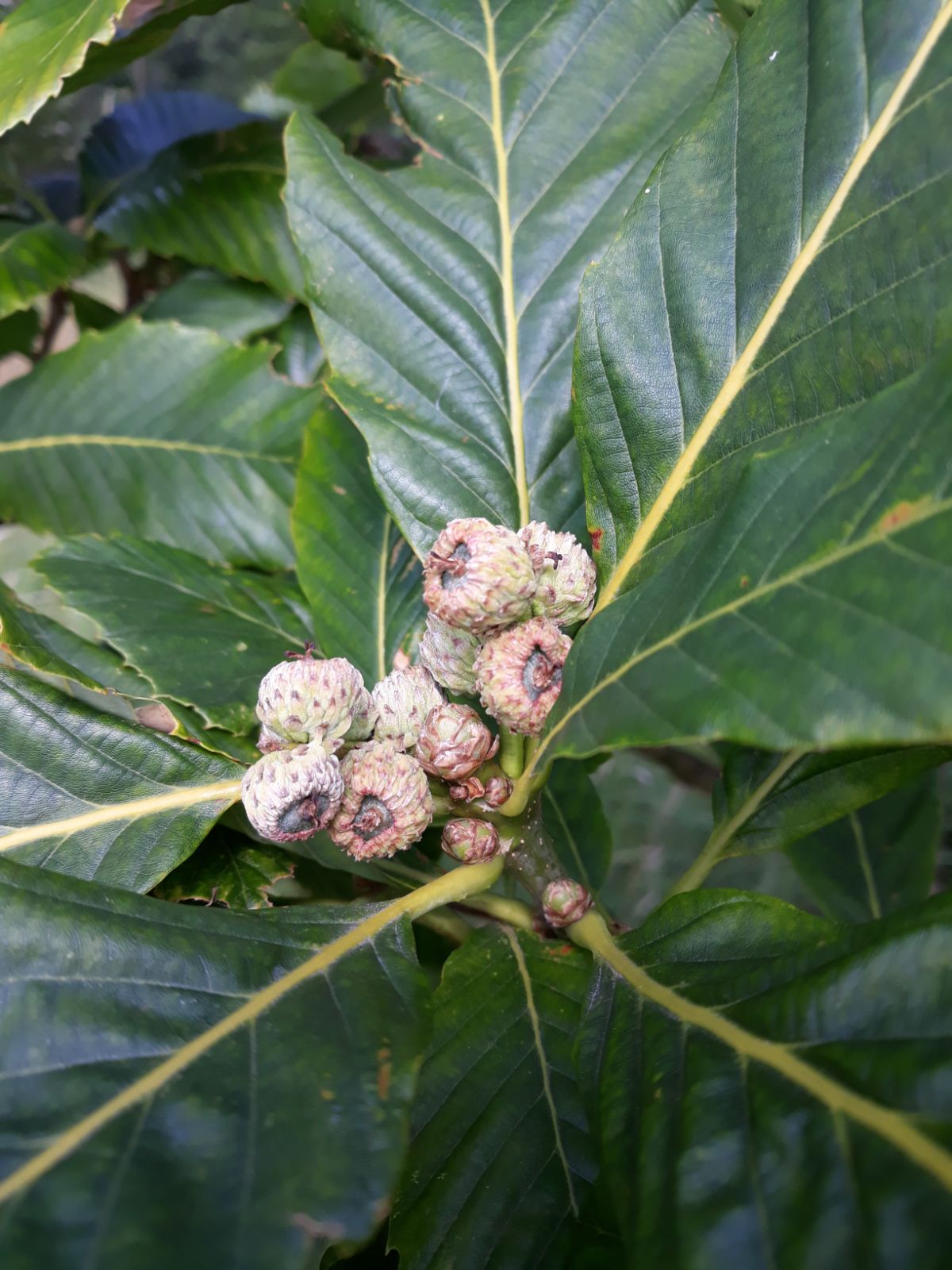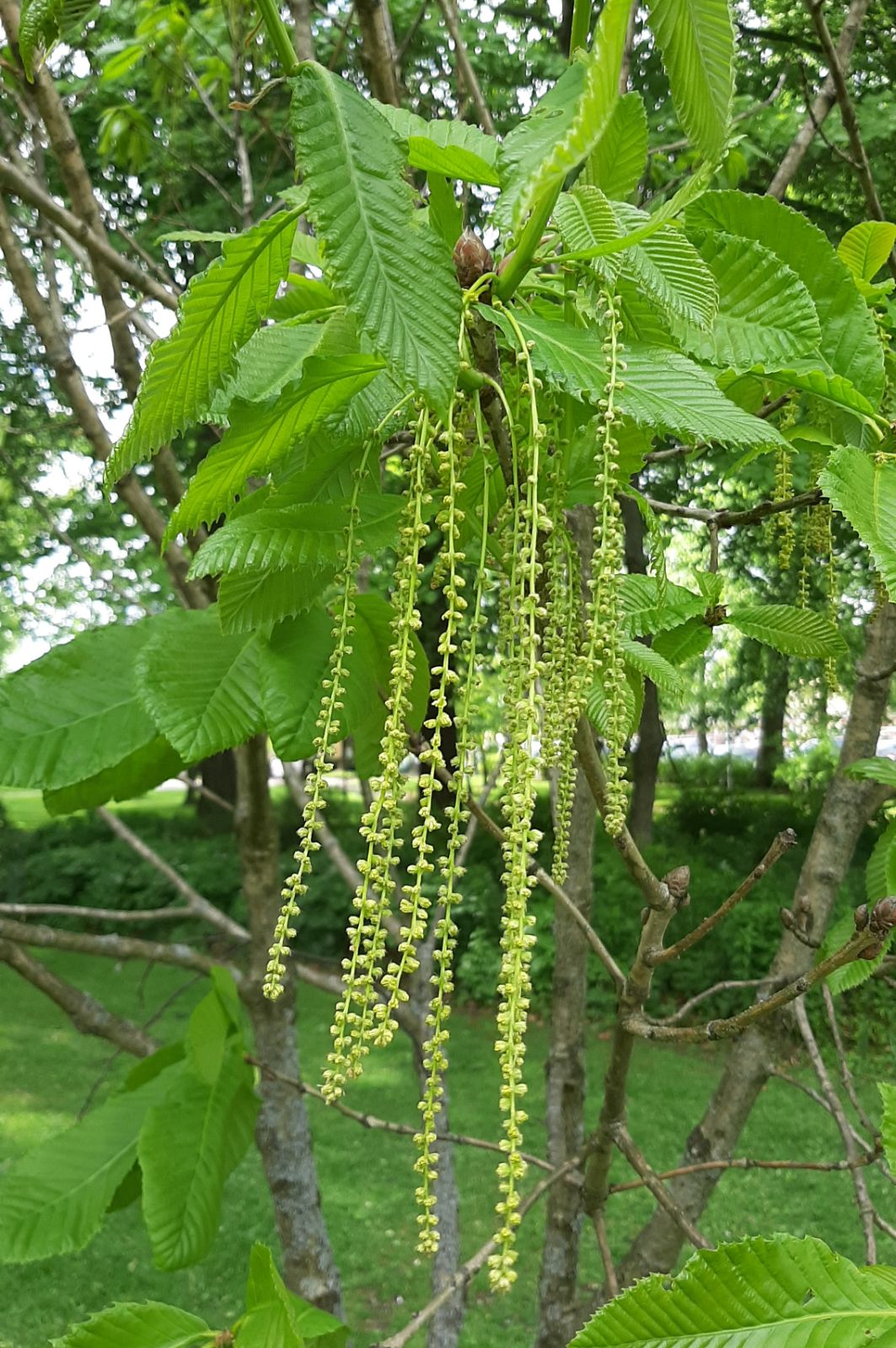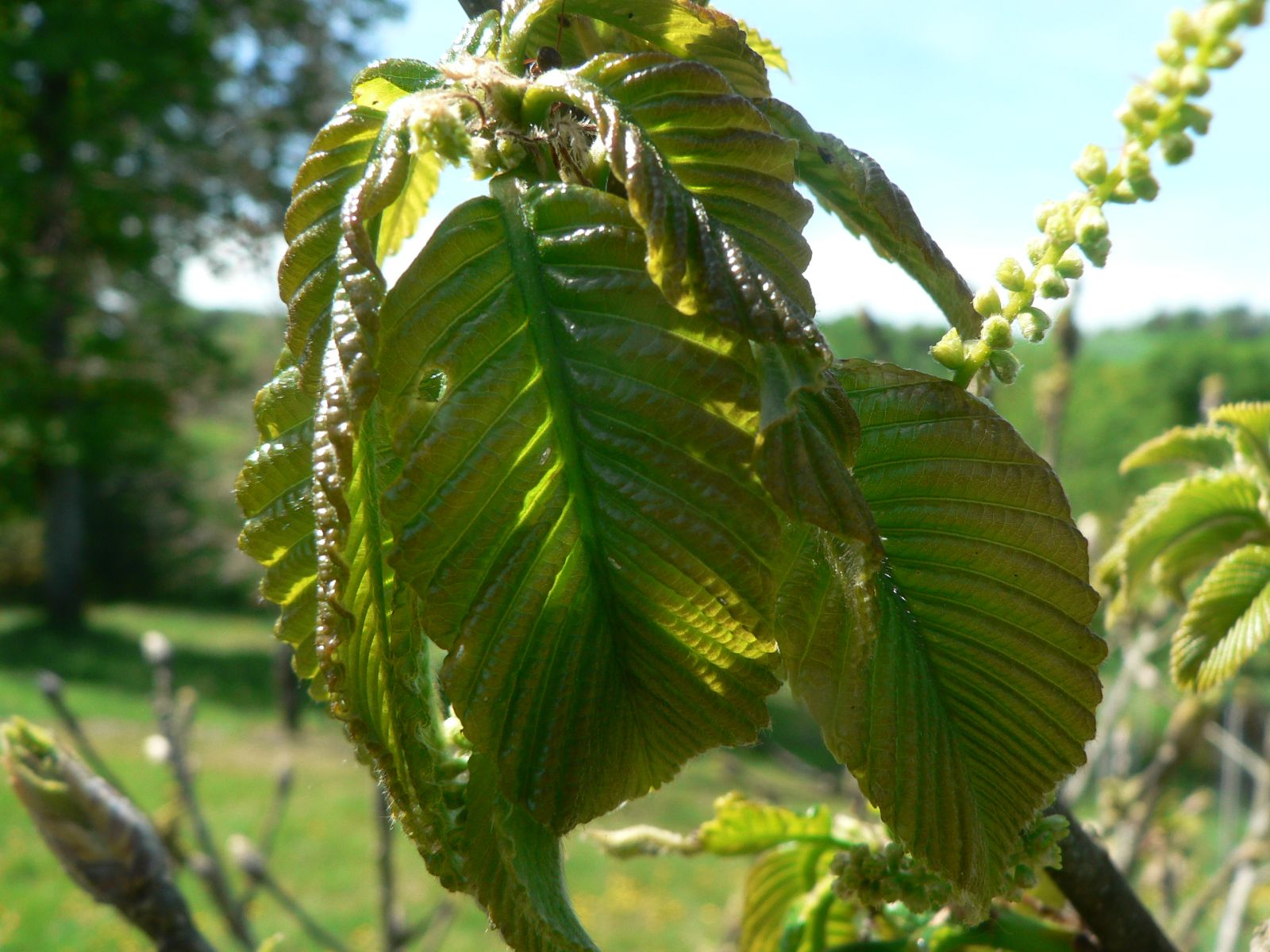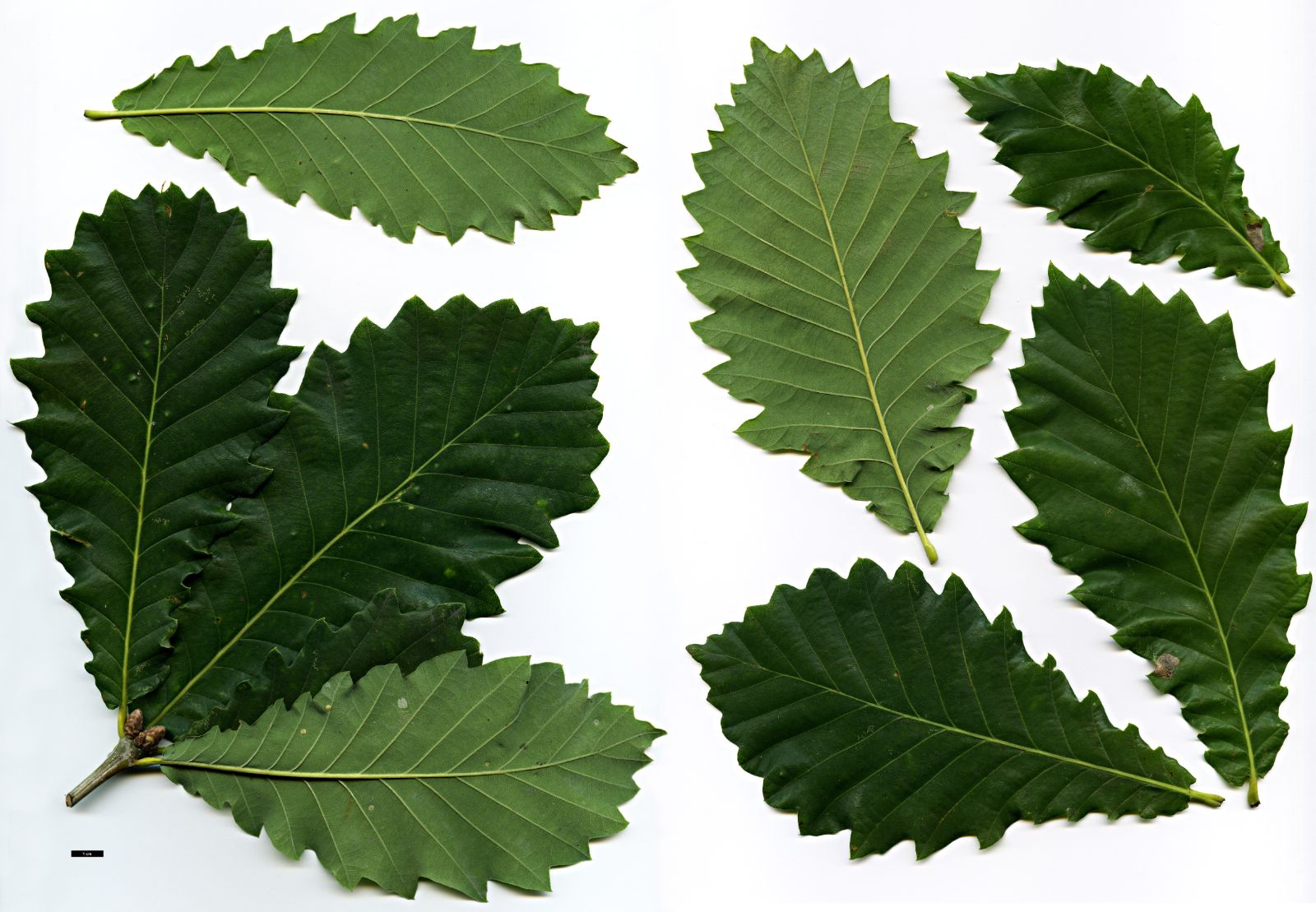Quercus pontica
Sponsor
Kindly sponsored by
The Trees and Shrubs Online Oak Consortium
Credits
Article from Bean's Trees and Shrubs Hardy in the British Isles
Recommended citation
'Quercus pontica' from the website Trees and Shrubs Online (treesandshrubsonline.
Genus
Common Names
- Armenian Oak
Infraspecifics
Other taxa in genus
- Quercus acerifolia
- Quercus acherdophylla
- Quercus acrodonta
- Quercus acuta
- Quercus acutifolia
- Quercus acutissima
- Quercus afares
- Quercus affinis
- Quercus agrifolia
- Quercus alba
- Quercus aliena
- Quercus alnifolia
- Quercus aquifolioides
- Quercus arizonica
- Quercus arkansana
- Quercus aucheri
- Quercus augustini
- Quercus austrina
- Quercus × auzendei
- Quercus baloot
- Quercus bambusifolia
- Quercus baronii
- Quercus bicolor
- Quercus brantii
- Quercus buckleyi
- Quercus canariensis
- Quercus canbyi
- Quercus candicans
- Quercus castanea
- Quercus castaneifolia
- Quercus cerris
- Quercus chenii
- Quercus chrysolepis
- Quercus coccifera
- Quercus cocciferoides
- Quercus coccinea
- Quercus conspersa
- Quercus crassifolia
- Quercus crassipes
- Quercus delavayi
- Quercus dentata
- Quercus deserticola
- Quercus dolicholepis
- Quercus douglasii
- Quercus dumosa
- Quercus durifolia
- Quercus eduardii
- Quercus ellipsoidalis
- Quercus emoryi
- Quercus engelmannii
- Quercus engleriana
- Quercus euboica
- Quercus eugeniifolia
- Quercus fabri
- Quercus faginea
- Quercus falcata
- Quercus floribunda
- Quercus frainetto
- Quercus franchetii
- Quercus fruticosa
- Quercus fusiformis
- Quercus gambelii
- Quercus garryana
- Quercus geminata
- Quercus georgiana
- Quercus germana
- Quercus gilliana
- Quercus gilva
- Quercus glabrescens
- Quercus glauca
- Quercus graciliformis
- Quercus gravesii
- Quercus griffithii
- Quercus grisea
- Quercus guyavifolia
- Quercus hartwissiana
- Quercus hemisphaerica
- Quercus × hispanica
- Quercus hondae
- Quercus hypargyrea
- Quercus hypoleucoides
- Quercus ilex
- Quercus ilicifolia
- Quercus imbricaria
- Quercus incana
- Quercus infectoria
- Quercus insignis
- Quercus ithaburensis
- Quercus kelloggii
- Quercus × kewensis
- Quercus kiukiangensis
- Quercus laceyi
- Quercus laevis
- Quercus lamellosa
- Quercus lanata
- Quercus lancifolia
- Quercus laurifolia
- Quercus laurina
- Quercus × leana
- Quercus leucotrichophora
- Quercus × libanerris
- Quercus libani
- Quercus lobata
- Quercus lobbii
- Quercus lodicosa
- Quercus longinux
- Quercus longispica
- Quercus look
- Quercus × ludoviciana
- Quercus macranthera
- Quercus macrocalyx
- Quercus macrocarpa
- Quercus macrolepis
- Quercus marilandica
- Quercus mexicana
- Quercus michauxii
- Quercus mongolica
- Quercus monimotricha
- Quercus montana
- Quercus morii
- Quercus muehlenbergii
- Quercus myrsinifolia
- Quercus myrtifolia
- Quercus nigra
- Quercus × numidica
- Quercus oblongifolia
- Quercus obtusata
- Quercus oglethorpensis
- Quercus oxyodon
- Quercus pagoda
- Quercus palmeri
- Quercus palustris
- Quercus pannosa
- Quercus parvula
- Quercus petraea
- Quercus phellos
- Quercus phillyreoides
- Quercus planipocula
- Quercus poilanei
- Quercus polymorpha
- Quercus prinoides
- Quercus pubescens
- Quercus pyrenaica
- Quercus rehderiana
- Quercus reticulata
- Quercus robur
- Quercus rotundifolia
- Quercus rubra
- Quercus rugosa
- Quercus rysophylla
- Quercus sadleriana
- Quercus salicina
- Quercus sartorii
- Quercus × schneideri
- Quercus schottkyana
- Quercus semecarpifolia
- Quercus senescens
- Quercus serrata
- Quercus sessilifolia
- Quercus setulosa
- Quercus shumardii
- Quercus sinuata
- Quercus spinosa
- Quercus stellata
- Quercus stenophylloides
- Quercus suber
- Quercus subspathulata
- Quercus tarokoensis
- Quercus tatakaensis
- Quercus texana
- Quercus tomentella
- Quercus trojana
- Quercus tungmaiensis
- Quercus turbinella
- Quercus × turneri
- Quercus undulata
- Quercus utahensis
- Quercus utilis
- Quercus uxoris
- Quercus variabilis
- Quercus velutina
- Quercus virginiana
- Quercus vulcanica
- Quercus warburgii
- Quercus wislizenii
- Quercus xalapensis
A low deciduous tree or shrub, usually under 20 ft high; young shoots glabrous, stout, strongly ribbed. Leaves oval or obovate, broadly tapered at the base, rather abruptly pointed; sharply, coarsely, and unequally toothed; 4 to 61⁄2 in. long, 13⁄4 to 31⁄2 in. wide, slightly glossy, glabrous, green with a yellow midrib above; glaucous beneath and hairy along the midrib and chief veins. When young there are also appressed hairs over the whole lower surface. The leaf is strongly marked by (usually) sixteen or seventeen ribs running out from the midrib to the points of the teeth at an angle of about 45°; stalk 1⁄4 to 1⁄2 in. long, at first slightly hairy, yellow.
Native of N.E. Anatolia, the Caucasus, and Transcaucasus; introduced to Germany by Dr Dieck of Zoeschen, about 1885, but not to England until considerably later; the specimen at Kew, which is the largest and oldest in the country, came from Späath’s nursery, Berlin, in 1909. Acorns were collected in the wild by Lord Kesteven a few years earlier but there is no record of any plant from this introduction.
Q. pontica is a very striking oak, its strongly ribbed leaves sometimes as much as 8 in. long by 4 in. wide. The shoots bear conspicuously large terminal buds, whose slender scales are clothed with silky hairs. It is slow-growing, but bears fertile acorns when quite young.
The specimen at Kew referred to above measures 25 × 23⁄4 ft (1972) and there are bushes about as high at Leonardslee, Sussex, and Mount Usher, Co. Wicklow, Eire. A specimen at Castle Milk, Dumfr., measures 18 × 23⁄4 ft (1966).
From the Supplement (Vol. V)
specimens: Kew, in Oak Collection, pl. 1909, 30 × 41⁄4 ft at 3 ft (1984); Castle Milk, Dumfr., 23 × 31⁄4 ft (1984); Mount Usher, Co. Wicklow, Eire, 16 ft high (1984).
A specimen at Hidcote Manor, Gloucestershire, with the exceptional size of 33 × 6 ft at 6 ft (1983), has not been verified and may be the hybrid with Q. robur (Q. × hickelii).
Q × hickelii Camus
A hybrid between Q. pontica and Q. robur, likely to occur when the former species is raised from seed in gardens. It grows taller and faster than Q. pontica, and has smaller buds. Leaves variable in size and shape, up to 7{1/2} by 4 in., mostly obovate, evenly tapered to a narrow, slightly auriculate base, but some leaves obovate-elliptic, and a few cuneate at the base; veins fairly spaced, up to sixteen pairs on the largest leaves, down to twelve on the smallest, prominent beneath; margins set with lobulate teeth, mostly obtuse at the apex and mucronate, some themselves toothed; deep glossy green above, paler and duller beneath, quite glabrous on both sides; petiole very short. Fruits not seen.Q. × hickelii was described from a plant raised in France from seeds of Q. pontica collected in 1922. The above description is drawn up from a plant at Borde Hill in Sussex which came from the Aldenham collection as Q. pontica. It is a handsome oak, but no substitute for the seed-parent.












